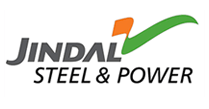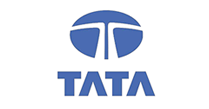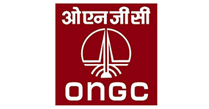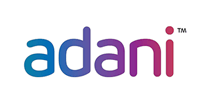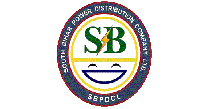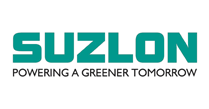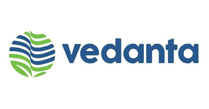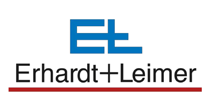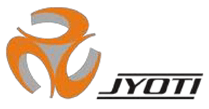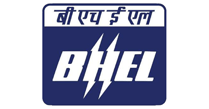Maintenance of a 33kV and 11kV feeders
Maintaining a 33kV feeder from a substation is critical to ensure the reliable transmission of electricity to consumers. Here's a general outline of the maintenance procedures typically followed:
1. Visual Inspection:
Regular visual inspections of the feeder line and associated equipment should be conducted. This includes checking for signs of wear and tear, corrosion, loose connections, and any physical damage.Determine the route of the feeder line considering factors like terrain, existing infrastructure, and environmental impact. Design the line to meet electrical requirements, including voltage drop, load capacity, and insulation levels.
2. Vegetation Management:
Ensure that trees and vegetation near the feeder line are trimmed regularly to prevent interference with the overhead lines. Vegetation management is crucial to avoiding outages caused by falling branches or trees.Procure the necessary materials such as conductors, insulators, poles or towers, transformers, and other hardware required for the construction of the feeder line.
3. Insulation Testing:
Periodic insulation resistance testing should be performed to ensure that the insulation on cables and equipment is intact and within acceptable limits. This helps prevent electrical faults and breakdowns.Clear the right-of-way for the feeder line, removing any obstacles and preparing foundations for poles or towers. Ensure compliance with environmental regulations during site preparation.
4. Corona Inspection:
Corona discharge occurs when the electric field strength near the conductor exceeds the dielectric strength of the surrounding air. It can cause power loss and damage to equipment. Regular corona inspections should be carried out to detect any corona effects and take appropriate measures to mitigate them.Install the towers or poles along the route according to the design specifications. Ensure proper alignment, foundation depth, and structural integrity to support the conductors and withstand environmental conditions.
5. Temperature Monitoring:
Monitoring the temperature of critical components such as transformers, switches, and connectors can help identify overheating issues early on, which could indicate potential failures.String the conductors between the towers or poles, maintaining proper tension and clearances according to design requirements. Install vibration dampers and spacer cables as needed to control conductor movement and prevent galloping or oscillation.
6. Protective Device Testing:
Periodically test and calibrate protective relays and other devices such as circuit breakers to ensure they are functioning correctly. This is essential for the safety of the system and to prevent damage during faults.Mount insulators on the towers or poles to support the conductors and provide electrical insulation. Ensure proper selection and installation of insulators to withstand the electrical stress and environmental conditions.
7. Grounding System Inspection:
Verify the integrity of the grounding system to ensure effective dissipation of fault currents and to protect personnel and equipment from electrical hazards.Install transformers at appropriate locations along the feeder line to step down voltage levels as required for distribution to consumers. Ensure proper grounding and protection measures for the transformers.
8. Thermal Imaging:
Conduct thermal imaging surveys to identify hotspots in equipment, which could indicate loose connections or other problems that may lead to failures if not addressed promptly.Conduct tests to verify the integrity and performance of the feeder line, including insulation resistance, continuity, voltage regulation, and protection coordination. Commission the line for operation after successful testing.
9. Cleaning and Lubrication:
Keep equipment clean and properly lubricated to prevent corrosion and ensure smooth operation.Maintain detailed records of the construction process, including drawings, specifications, test results, and as-built documentation. Establish a maintenance schedule to ensure the ongoing reliability and safety of the feeder line.
10. Documentation and Record Keeping:
Maintain detailed records of all maintenance activities, inspections, and tests performed on the feeder line. This information is invaluable for tracking the health of the system over time and planning future maintenance activities.Keep equipment clean and properly lubricated to prevent corrosion and ensure smooth operation.Maintain detailed records of the construction process, including drawings, specifications, test results, and as-built documentation. Establish a maintenance schedule to ensure the ongoing reliability and safety of the feeder line.
11. Emergency Response Planning:
Develop and regularly update emergency response plans to address potential contingencies such as storms, natural disasters, or equipment failures. Ensure that personnel are trained and equipped to respond effectively to emergencies.Keep equipment clean and properly lubricated to prevent corrosion and ensure smooth operation.Maintain detailed records of the construction process, including drawings, specifications, test results, and as-built documentation. Establish a maintenance schedule to ensure the ongoing reliability and safety of the feeder line.
12. Training and Education:
Provide ongoing training for maintenance personnel to keep them updated on best practices, safety procedures, and advancements in technology relevant to maintaining 33kV feeder lines.Keep equipment clean and properly lubricated to prevent corrosion and ensure smooth operation.Maintain detailed records of the construction process, including drawings, specifications, test results, and as-built documentation. Establish a maintenance schedule to ensure the ongoing reliability and safety of the feeder line.
By following these maintenance procedures diligently, we minimize the risk of outages, ensure the reliability of the feeder line, and enhance the overall safety of the electrical system.
Throughout the erection process, adherence to safety standards and procedures is paramount to protect personnel and property from electrical hazards and construction-related risks. Additionally, coordination with local authorities and stakeholders may be necessary to address regulatory requirements and community concerns







